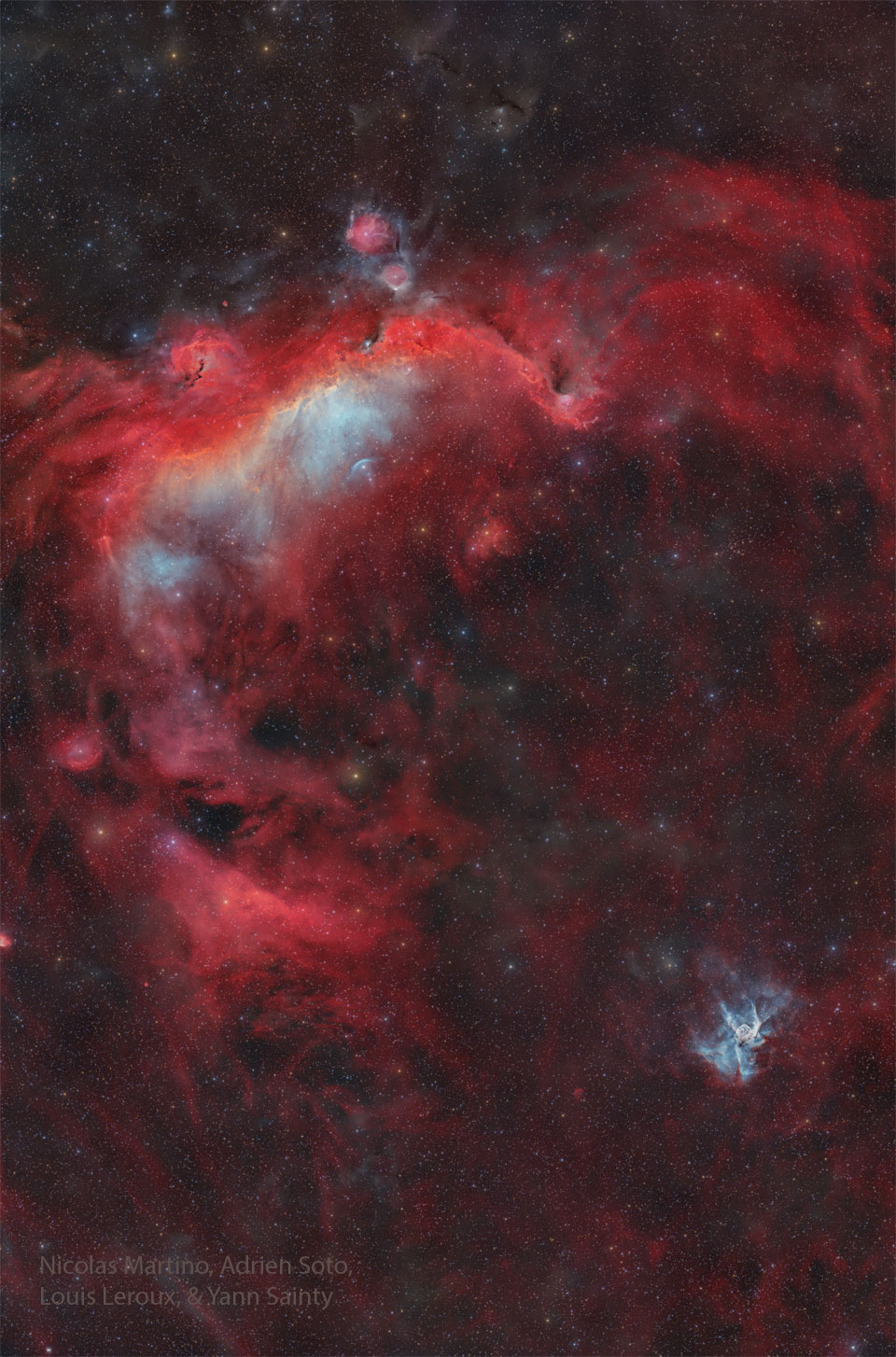Ways4eu WordPress.com Blog
SPA View of ways4eu.wordpress.com
Cosmic Wings: The Seagull and the Duck in the Celestial Playground
By JohnTheWordWhirlwind
on Tue Feb 18 2025
Just me ? Well, if you haven’t recently, maybe it’s time to bring out your inner astronomer and check out two of the more whimsical players in the universe: the Seagull Nebula and the Duck Nebula. These not-so-ordinary cosmic clouds might not fetch your French fries like their feathery counterparts down by the beach, but they sure have captured the imagination of stargazers everywhere.
Nestled within the expanse of the night sky, stretching an impressive 7 degrees toward the constellation Canis Major—better known as the Big Dog—the Seagull and the Duck are indeed not alone in their avian visual shenanigans. Yet, they stand out in their own rights, showing us that space is chock-full of images that evoke flight.
Starting with the Seagull Nebula, perched proudly at the top center of your stargazing map, this cosmic avian marvel is composed of two major emission nebulas: the bright and flashy NGC 2327, which forms the head, and the more elusive IC 2177, serving as its somewhat dilapidated body and wings. Imagine this celestial creature soaring at an eye-popping distance of about 3,800 light-years; its wingspan is equivalent to approximately 250 light-years. That’s not just a flight above the local park—this is a cosmic migration worthy of any feathered traveler.
Now, glide your gaze southward to the Duck Nebula, residing snugly at the lower right. With a compact demeanor, it stretches a mere 50 light-years across, making it almost pint-sized in comparison to the expansive Seagull. Yet, don’t let its small stature fool you. This nebula, cataloged as NGC 2359, has been blown into its helmeted shape by the energetic winds of a mighty massive star residing nearby. It’s like a stellar windstorm giving this lil’ duckling a dramatic hairstyle—hence the whimsical nickname, Thor’s Helmet. Because nothing says “rad cosmic phenomenon” quite like a flying duck that could moonlight as a Norse god’s headgear!
So next time you’re outside on a clear night, take a moment to gaze up at the great tapestry of stars and nebulae. Remember: you might be looking at a seagull soaring through the skies of your imagination—or perhaps a duck, complete with a cosmic helmet, ready to take flight into the poetic arms of the universe. Whether you see them as celestial fowl or just colorful clouds, these two nebulas remind us that the cosmos can be just as quirky and fun as a day at the beach. So buckle up, grab a telescope, and prepare for a cosmic adventure—because the night sky is just waiting to be explored!
Image via NASA
